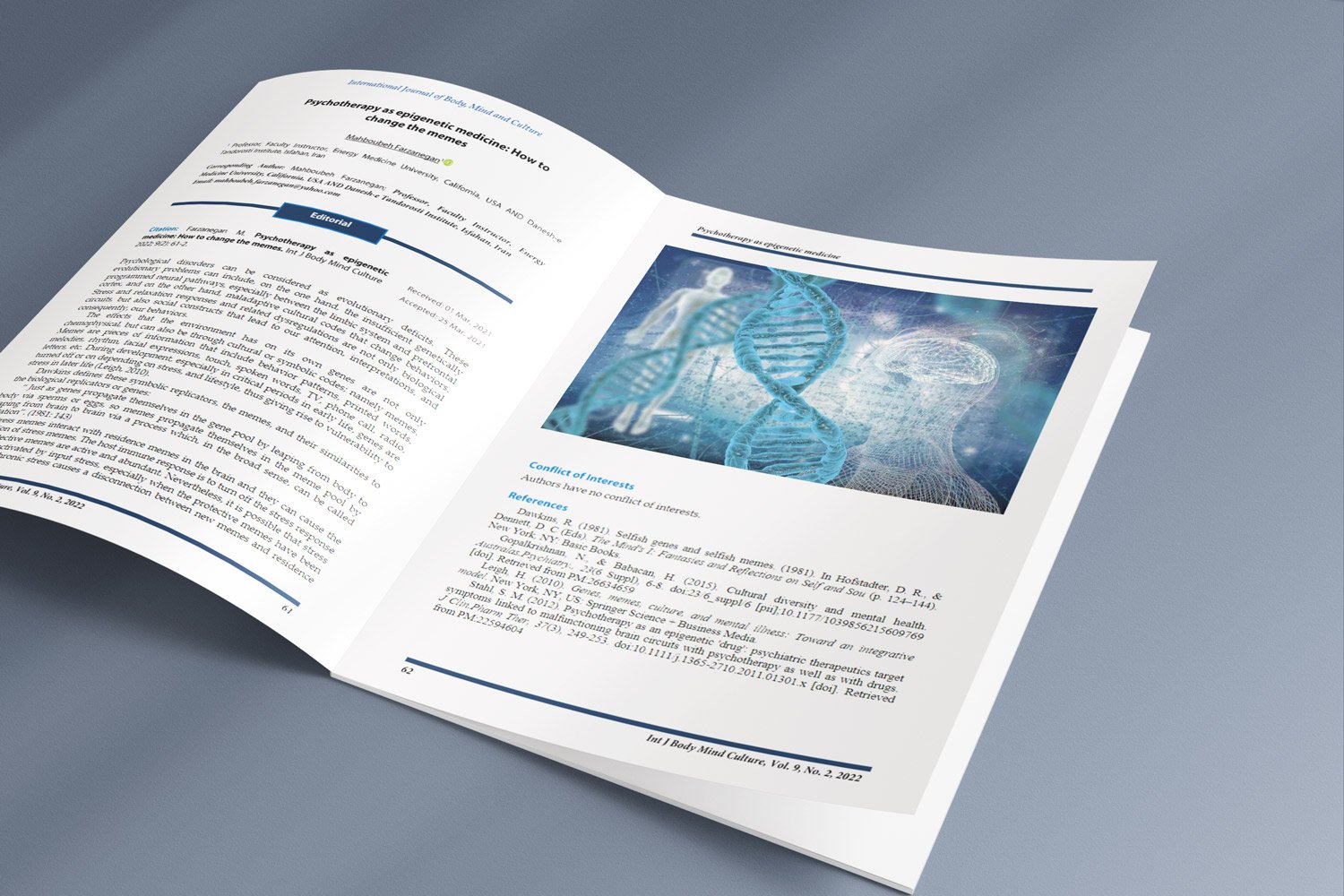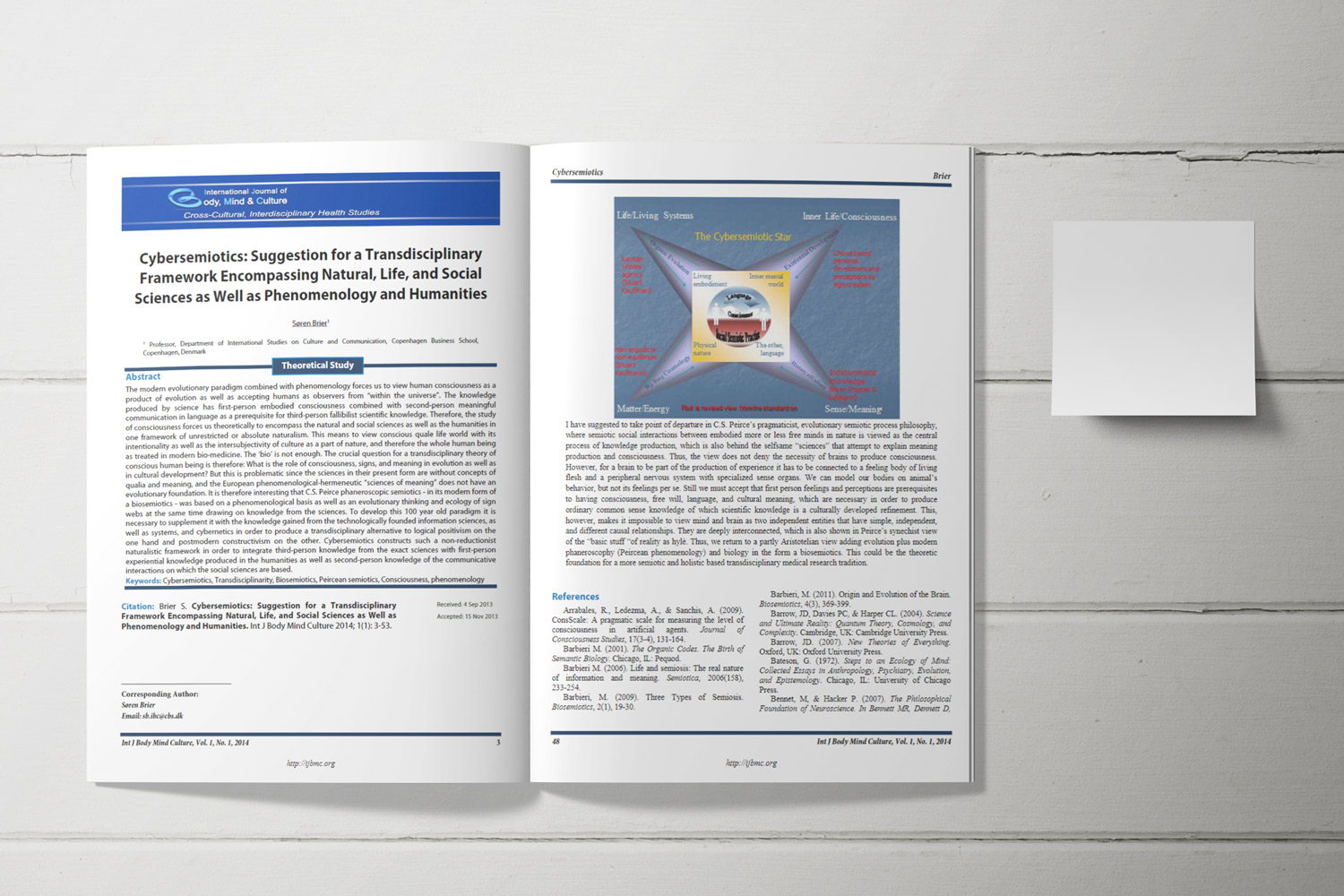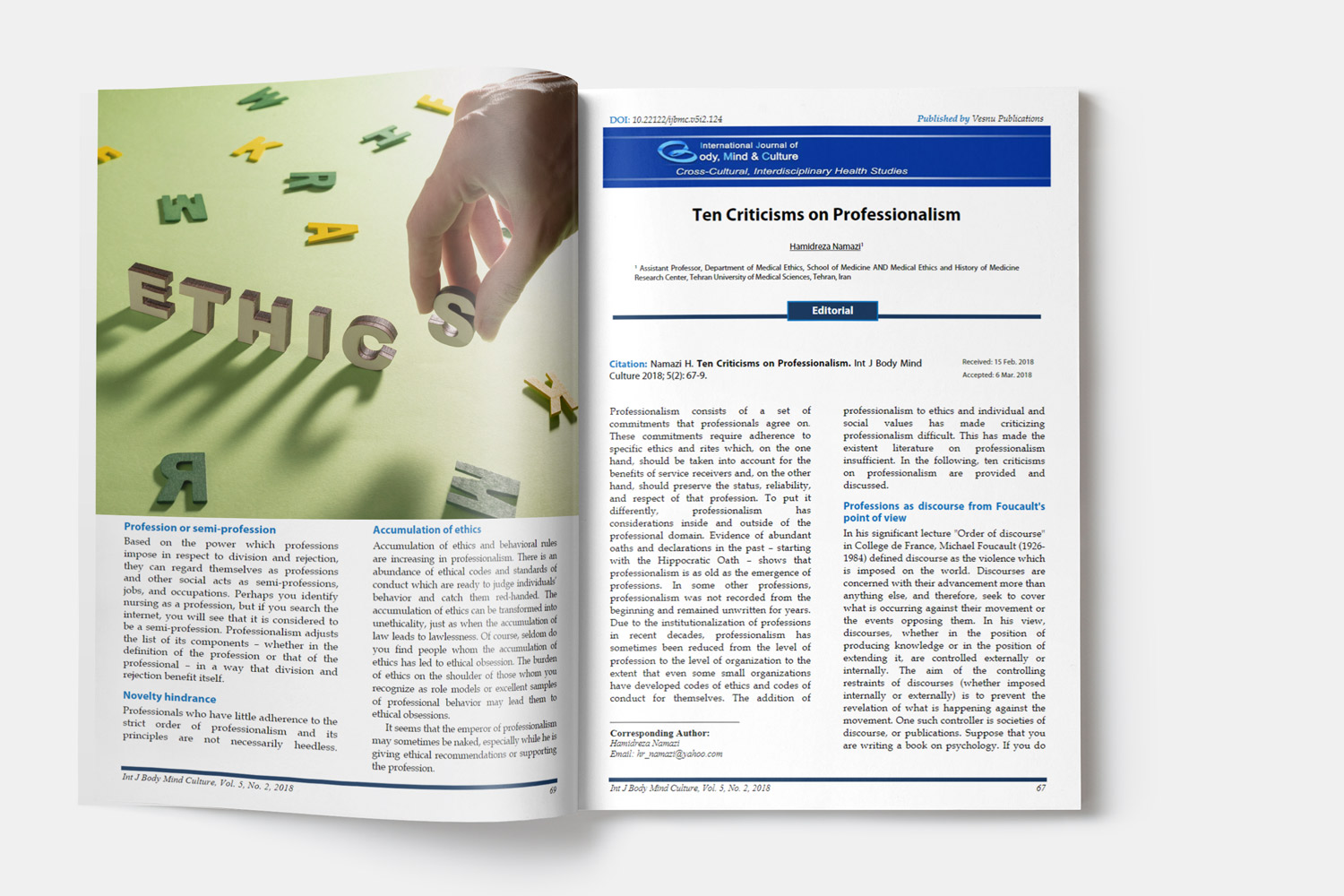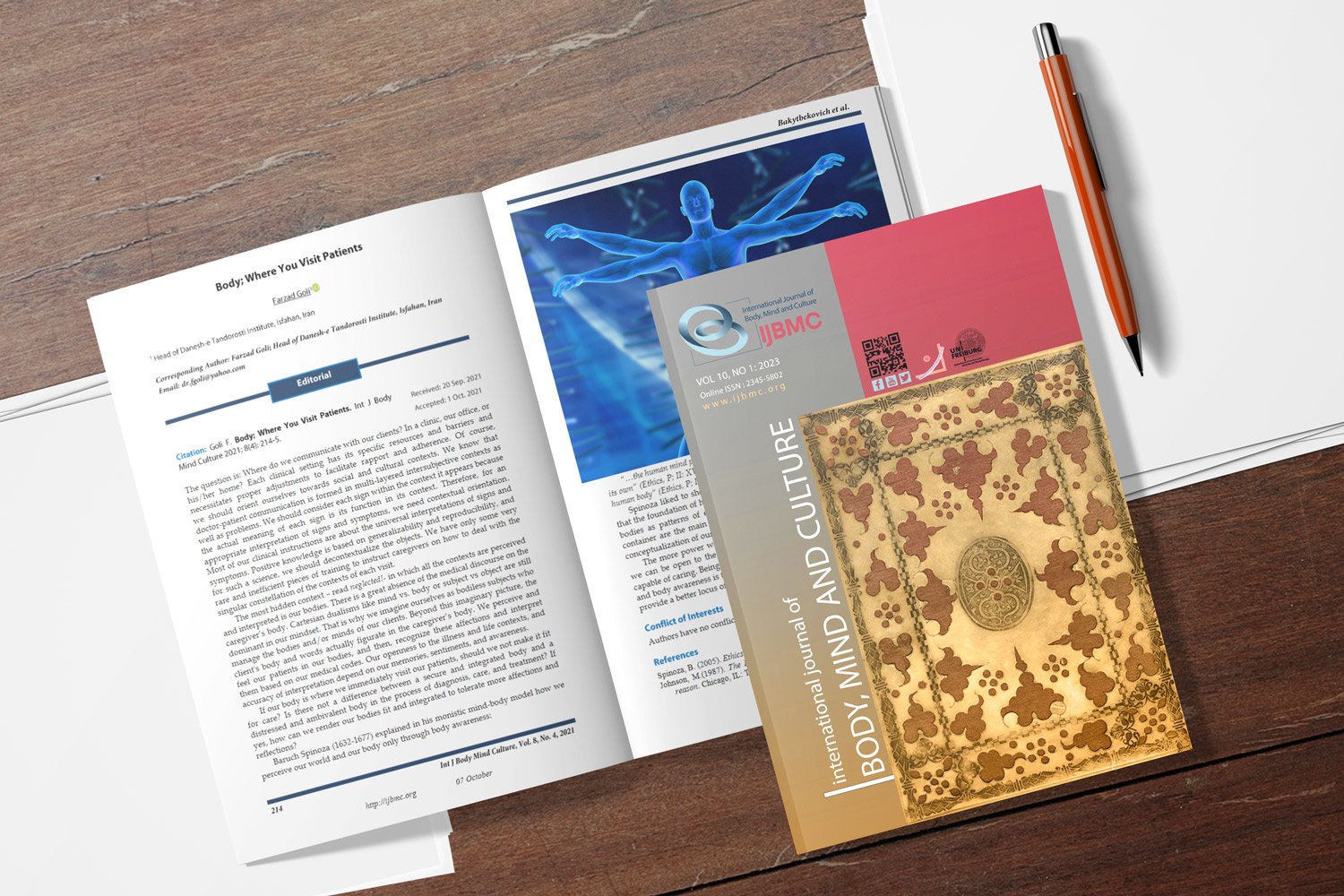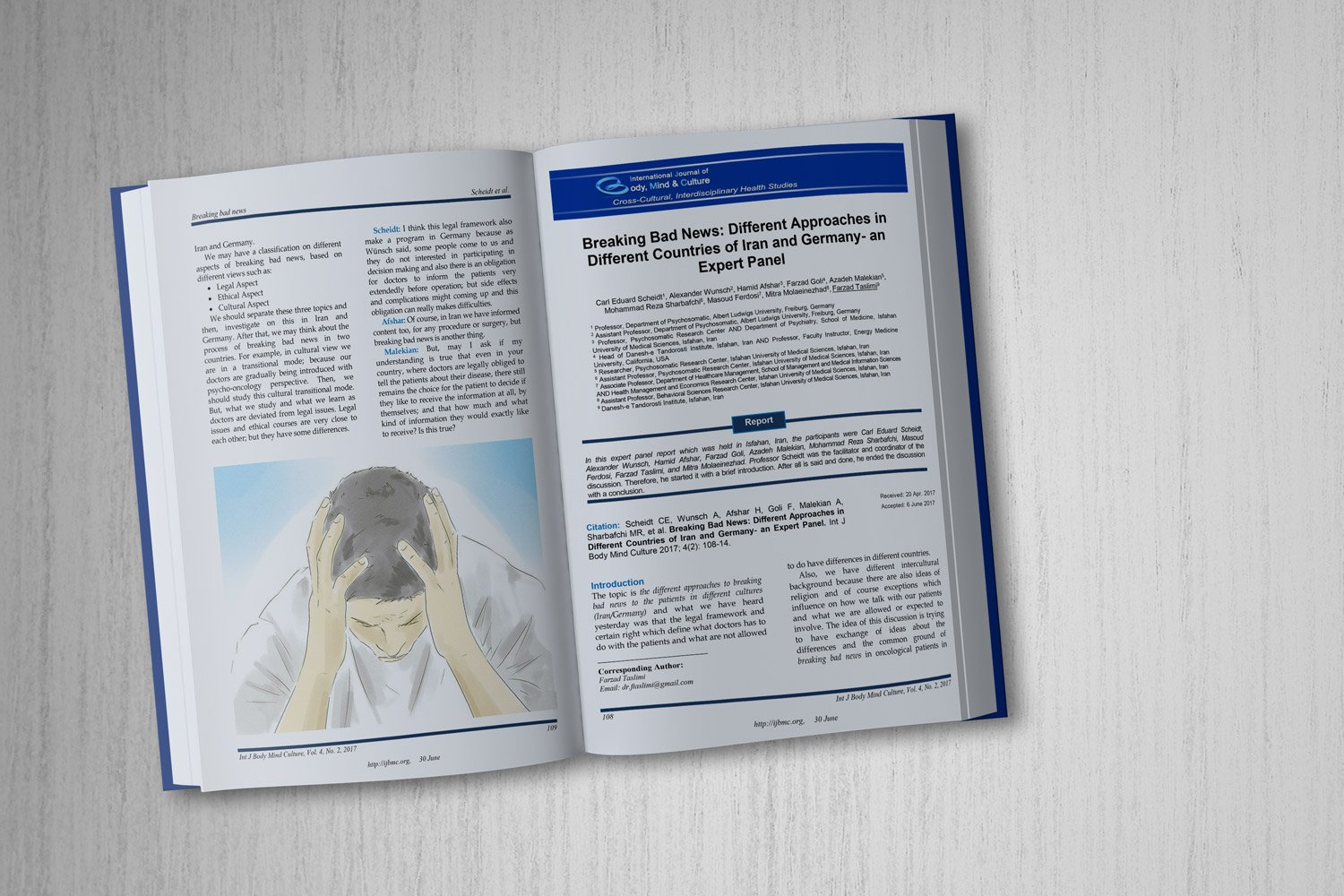Relationship between Cellular Devices Uses and Demographic Information among Employers in Universities at Al- Muthanna Governorate
Downloads
Objective: Mobile phones and electronic devices are indispensable in daily life due to several advantages and disadvantages, such as the ability to control the time factor, handicapping repercussions on one's body and psychological processes due to overuse. This study was focused on investigating teachers' level of dependence on their mobile phones at Al-Muthanna University and the Technical Institute using the CPDS Cell Phone Dependence Scale.
Methods and Materials: In this descriptive-analytical study, conducted from 9 September 2023 to 8 January 2024, a random sample of 110 teachers was selected: 75 from Al-Muthanna University and 35 from the Technical Institute. The level of mobile phone dependence was assessed using the CPDS, and the scores on this assessment similarly rated the level of dependency as mild, moderate, or severe. Descriptive statistics were used to outline the general characteristics of the sample concerning their demographic profile and the extent of dependency.
Findings: On average, 70.7% of the teachers used mobile phones, while 17.3% of university teachers and 37.1% of technical institute teachers had a poor pattern of phone usage. Few of the participants presented severe dependence. No demographic variable significantly correlated with mobile phone dependence.
Conclusion: The results show that teachers use mobile phones moderately, but prolonged and excessive use develops a potential threat of psychological and physical harm. The study emphasizes the role of self-control and awareness regarding threats to the use of mobile phones. Interventions that reduce educators' reliance on mobile phones would be worth further investigation.
Downloads
Ali, M. (2023). The effect of dependence on cell phones on the mental health of prospective teachers. Qalamuna Jurnal Pendidikan Social Dan Agama, 15(2), 1179-1190. https://doi.org/10.37680/qalamuna.v15i2.3985
Arif, M. Z., Nurdin, D., & Sururi, S. (2023). Mapping the use of digital learning tools and methods for increasing teachersâ digital competence. Jurnal Pendidikan Glasser, 7(2), 226-240. https://doi.org/10.32529/glasser.v7i2.2528
Bansal, P. (2018). Mobile phone usage pttern and addiction level among student teachers. Approved Journals, 10, 343-350. https://www.researchgate.net/publication/337439238
Choliz, M. (2012). mobile-phone addiction in adolescence: the test of mobile phone dependence (TMD). Department of Basic Psychology University of Valencia Avda Blasco Ibáñez, Spain, 2(1), 33-44. https://psychologyroots.com/test-of-mobile-phone-dependence/
Demirci, K., Akgönül, M., & Akpinar, A. (2015). Relationship of smartphone use severity with sleep quality, depression, and anxiety in university students. Journal of Behavioral Addictions, 4(2), 85-92. https://doi.org/10.1556/2006.4.2015.010
Hsu, C. Y., Ajaj, Y., Ghadir, G. K., Al-Tmimi, H. M., Alani, Z. K., Almulla, A. A., & Habibzadeh, S. (2024). Rechargeable Batteries for Energy Storage: A review. e-Prime-Advances in Electrical Engineering, Electronics and Energy, 100510. https://doi.org/10.1016/j.prime.2024.100510
Jameel, M. K., Mustafa, M. A., Ahmed, H. S., jassim Mohammed, A., Ghazy, H., Shakir, M. N., & Kianfar, E. (2024). Biogas: Production, properties, applications, economic and challenges: A review. Results in Chemistry, 101549. https://doi.org/10.1016/j.rechem.2024.101549
Kaya, F., Bostanci Daştan, N., & Durar, E. (2021). Smartphone usage, sleep quality and depression in university students. The International Journal of Social Psychiatry, 67(5), 407-414. https://doi.org/10.1177/0020764020960207
Lenhart, A., Madden, M., Smith, A., Purcell, K., Zickuhr, K., & Rainie, L. (2011). Teens, Kindness and Cruelty on Social Network Sites: How American Teens Navigate the New World of" Digital Citizenship.". https://eric.ed.gov/?id=ED537516
Mei, S., Chai, J., Wang, S., Ng, C. H., Ungvari, G. S., & Xiang, Y. (2018). Mobile phone dependence, social support and impulsivity in Chinese university students. International journal of environmental research and public health, 15(504), 1-7. https://doi.org/10.3390/ijerph15030504
Ng'andu, C. (2024). Technology Usage in the Teaching of Vocabulary in English in Selected Primary Schools of Kasama District of Zambia.
Nikhita, C. S., Jadhav, P. R., & Ajinkya, S. A. (2015). Prevalence of mobile phone dependence in secondary school adolescents. JOURNAL of CLINICAL and DIAGNOSTIC RESEARCH, 9(11), 6-9. https://doi.org/10.7860/JCDR/2015/14396.6803
Parasuraman, R., & Jiang, Y. (2012). Individual differences in cognition, affect, and performance: behavioral, neuroimaging, and molecular genetic approaches. NeuroImage, 59(1), 70-82. https://doi.org/10.1016/j.neuroimage.2011.04.040
Pradeep, B., Shenoy, A. B., Shahane, S., Srividya, R., Arelingaiah, M., D'Souza, R., Garady, L., Jyoti, M., Rache, S., Dixit, A., Yekkar, G. S., Lingaiah, P., Rajneesh, S., & Gururaj, G. (2022). Age, gender, peers, life skills and quality of life influence the risk of cell phone addiction among college teachers in Karnataka, India: a state-level epidemiological analysis. BMC public health, 22(1), 1-10. https://doi.org/10.1186/s12889-022-12575-5
Puri, A. (2018). Mobile phone addiction and cognitive dissonance of prospective teachers. The Educational Beacon, 7(1), 1-7. https://www.theeducationalbeacon.com/images/moble_phone_app.pdf
Seyed Alitabar, S. H. S. (2023). Effects of Work-Life Balance Training Programs on Employee Job Motivation: A Quantitative Analysis. KMAN Counseling & Psychology Nexus, 1(2), 72-78. https://doi.org/10.61838/kman.psynexus.1.2.12
Seyed Alitabar, S. H. S. A., & Zadhasn, Z. (2023). Digital Mentorship: Mentor-Mentee Relationships in Virtual Spaces.
Thomas, K. M., O'Bannon, B. W., & Bolton, N. (2013). Cell phones in the classroom: Teachers' perspectives of inclusion, benefits, and barriers. Computers in the Schools, 30(4), 295-308. https://doi.org/10.1080/07380569.2013.844637
Copyright (c) 2025 International Journal of Body, Mind and Culture

This work is licensed under a Creative Commons Attribution-NonCommercial 4.0 International License.










